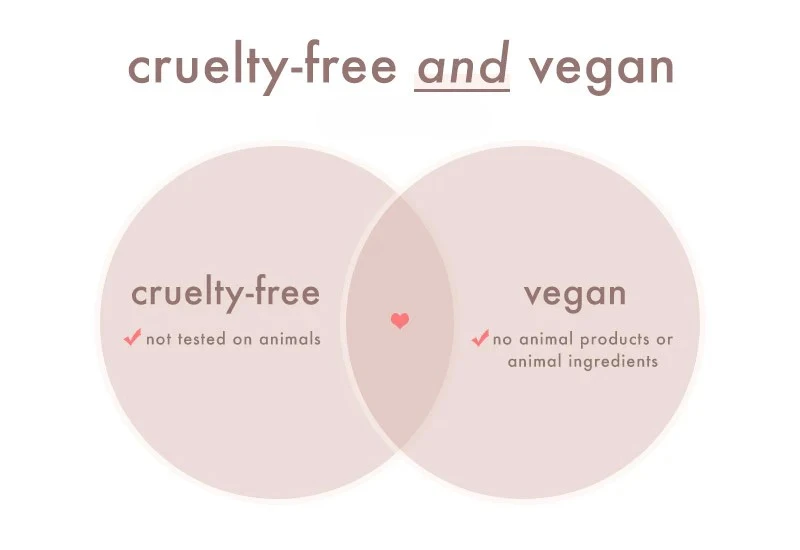What is the difference between cruelty-free and vegan skincare?
What is the Difference Between Cruelty-Free and Vegan Skincare?
In the world of ethical beauty, the terms “cruelty-free” and “vegan” often appear side by side—but they don’t mean the same thing. Understanding the difference is essential if you're trying to make informed, compassionate choices about the products you use.
Cruelty-Free Skincare: No Animal Testing
Cruelty-free skincare means that a product and its ingredients have not been tested on animals at any stage of development. This includes:
-
The finished product (as sold to customers)
-
Individual ingredients used in the formulation
-
Third-party testing done on behalf of the company
Cruelty-free status does not necessarily mean the product is free of animal-derived ingredients. For example, a moisturizer can be cruelty-free but still contain beeswax, lanolin (from sheep's wool), or collagen (often sourced from animals).
Look for These Certifications:
-
Leaping Bunny
-
PETA’s Beauty Without Bunnies
-
Choose Cruelty Free (CCF) (mostly used in Australia)
These logos show that a brand follows strict no-animal-testing standards.
Vegan Skincare: No Animal-Derived Ingredients
Vegan skincare refers to products that contain no ingredients derived from animals. This includes:
-
Beeswax (commonly used in balms and lip products)
-
Honey
-
Lanolin
-
Carmine (a red pigment made from crushed insects)
-
Collagen, keratin, elastin (often animal-derived)
A vegan label ensures that nothing in the product’s composition came from an animal, whether directly or indirectly. However, a vegan product can still be tested on animals, unless it’s also labeled cruelty-free.
Key Differences at a Glance
| Feature | Cruelty-Free | Vegan |
|---|---|---|
| No animal testing | ✅ | ❌ Not guaranteed |
| No animal ingredients | ❌ Not guaranteed | ✅ |
| Ethical labeling | Focuses on testing methods | Focuses on formulation |
So, a product can be:
-
Cruelty-free but not vegan: No animal testing, but contains beeswax or honey.
-
Vegan but not cruelty-free: No animal ingredients, but may have been tested on animals.
-
Both cruelty-free and vegan: The ideal combination for consumers who want fully ethical products.
Why It Matters
Understanding the distinction is important because many consumers assume one automatically implies the other—but that’s not the case. If your goal is to support animal welfare and avoid animal by-products, you need to look for products labeled both cruelty-free and vegan.
Also, regulations vary by country. For instance, some countries require animal testing for cosmetics sold within their borders. So, even if a brand claims to be cruelty-free, check if they sell in markets like mainland China, where animal testing laws may still apply.
Final Thoughts
Choosing cruelty-free and vegan skincare is a powerful way to align your beauty routine with your values. Cruelty-free ensures no animals suffered for testing, while vegan ensures no animals were used as ingredients. For the most ethical skincare experience, look for products that are clearly labeled as both—and always verify with reputable certifications.

Related Blog
What Causes Oily Skin and Can It Be Managed Naturally? Exploring Root Causes and Gentle Solutions
Aug 2, 2025 by Admin
General
What Are the Signs That You Have Sensitive Skin? Key Symptoms to Help You Identify This Delicate Skin Type
Aug 1, 2025 by Admin
General